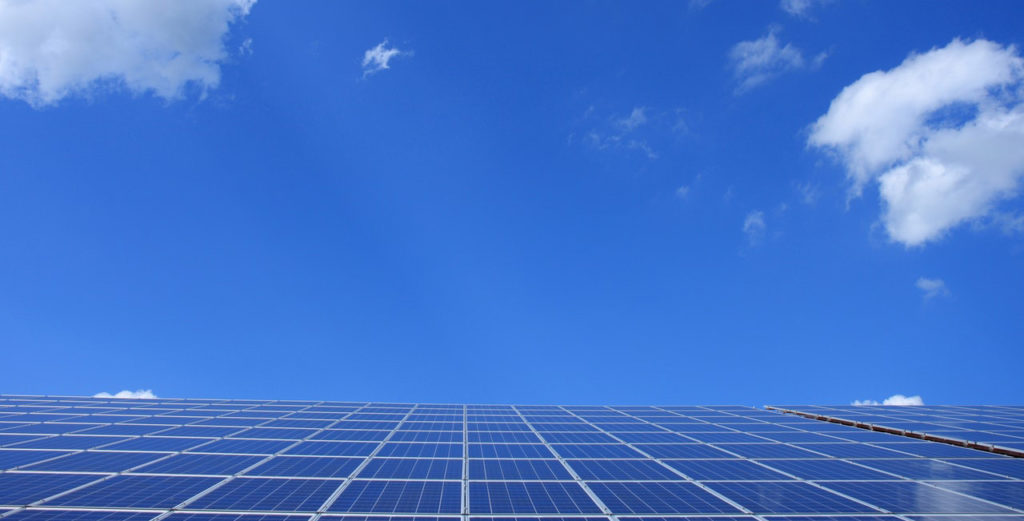How long does it take to pay off your solar panels?
This is commonly referred to as the “payback time” and because producing the aluminium and silicon required to make solar panels is energy intensive, this doesn’t happen overnight.
In most applications the “payback time” takes several years but it depends on a number of factors including the initial cost outlay in purchasing the system, the cost per kWh (unit of electricity) available to purchase from the grid, the efficiency of the panel, the mounting angle, the compass direction in which the panel faces, the climate zone in which the panel is located, the topography of the immediate surroundings and the specific circumstances that the panels are exposed to in that location including shading and temperature variations.
As you can clearly see I haven’t included absolutely every factor that will affect the “payback time” but obviously there are a number of considerations.
Whilst many affordable solar panels are approaching the 20% efficiency mark and some now exceeding that level of efficiency, there are still panels on the market that struggle to meet 16% efficiency. If you purchased panels years ago when solar panel efficiency was less than 12%, assuming every factor was identical to a recent install, the “payback time” would take approximately twice as long as what it does now although remember, electricity has doubled in price where I live in Queensland since then. If you live in South Australia it may have been better if you had been born with an extra kidney.
Generally speaking a recent install in Australia could be expected to have a “payback time” in the vicinity of four years, however let me quickly add that there are number of factors that will influence this and are in addition to those listed above. Living in South Australia is one factor however the cost per kWh, important as it is, is not all that there is.
If your home is located in the highest solar performing climate zones (there are eight of them) and you cleverly had the panels mounted with a tilt angle that best suits the latitude enjoying an aspect within a few degrees of true North in an un-shaded environment having been maintained in tip top working condition, should you arrange your time schedule to consume the electricity as it was produced, then you should have a payback period of less than four years.
Let me qualify that by saying that this is assuming that you have purchased the panels at a fair market price, the weather patterns are unexceptional and your panels’ efficiency factor is around or above 19 percent. There are panels that are commercially available with the stated efficiency rating of 21.5% however there are still a number performing at less than 18% and even as low as 16%. You may well ask why anyone would buy such a monstrosity when significantly more efficient models are within arm’s reach.
I won’t be rattling out a long list of those but it is suffice to say that cost and build quality are very frequently factored into a purchase. The longevity of a panel is well worthy of consideration for those families who like my family, are in this for the long haul. The build quality of most panels nowadays should have them operating functionally for between 20 and 30 years and with a gradual reduction in efficiency over that time. For those people who for whatever reason, have to compromise optimal mounting conditions of their panels, the saving grace is that the panels continue to produce electricity hopefully for many more years after their “payback time” has been passed.
If this wasn’t so, none of this would be worth the effort.
There are very, very, very few people who have their solar panels mounted perfectly in an ideal environment with daily ambient temperatures consistently held at 25°C which is the standard test temperature. Even fewer people than that would experience uninterrupted sun access of 1000 W of solar energy per square metre shining on all of the panels all of the time. Those perfect conditions happen only rarely in cartoons.
So the question to address now is, ‘how long does it take to pay off your solar panels”?
Realistically the “payback time” can be reached from somewhere between 2 to 8 years. The closer you can get to the perfect conditions for efficiency the quicker you will exit the “payback time” period. Rooftop Solar is an increasingly growing trend most certainly in Australia but also world wide. The price of solar is coming down in real terms with improvements in efficiency reducing “payback time”.
Mains or grid electricity is not coming down in price. It will always be sold for whatever the
market will bear and unless you live in France and have a yellow vest, your energy
expenses will continue rise each time the clock tics. >>> LEARN MORE >>>
John Lynn
suburbanoffgridliving.com


